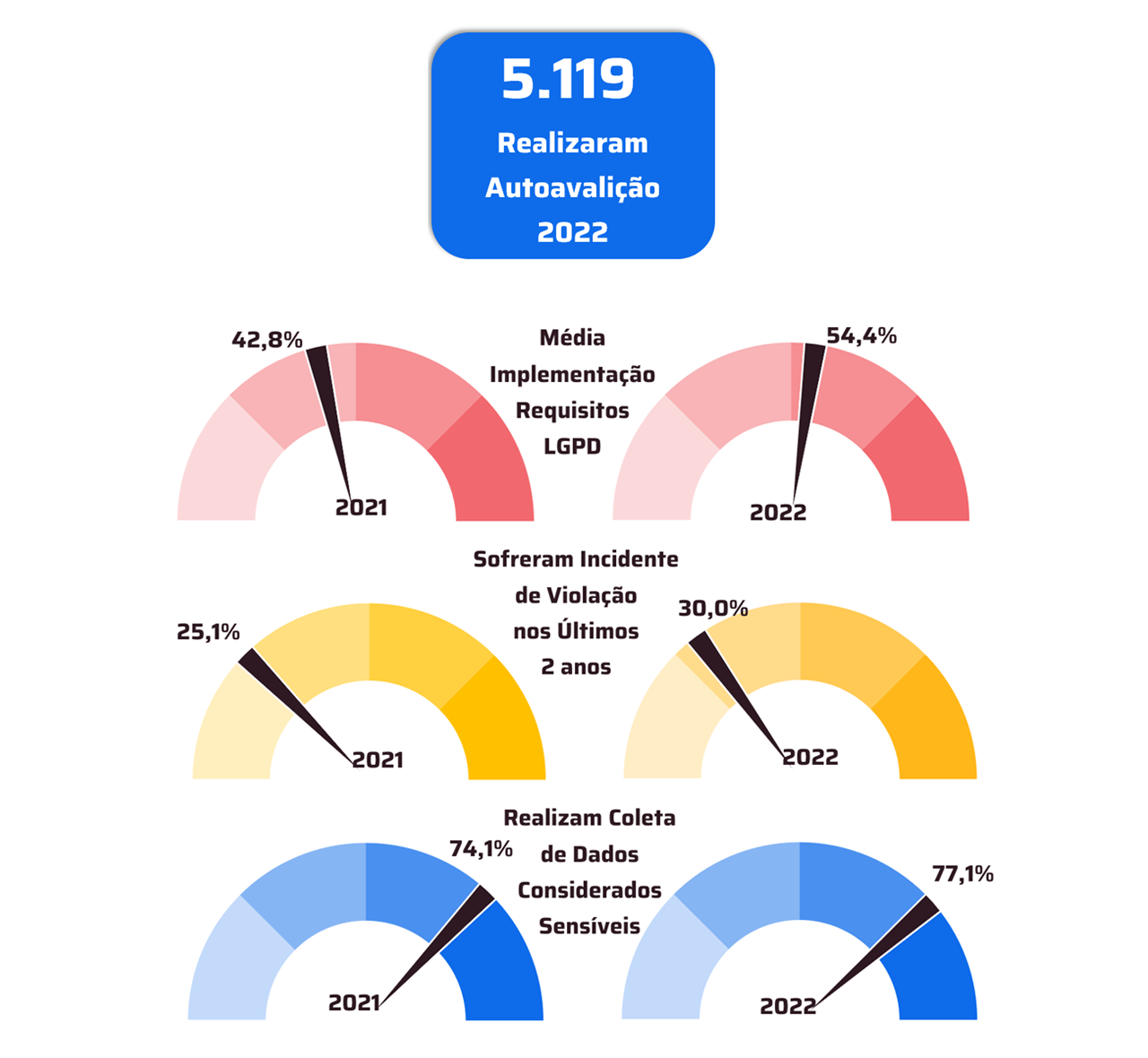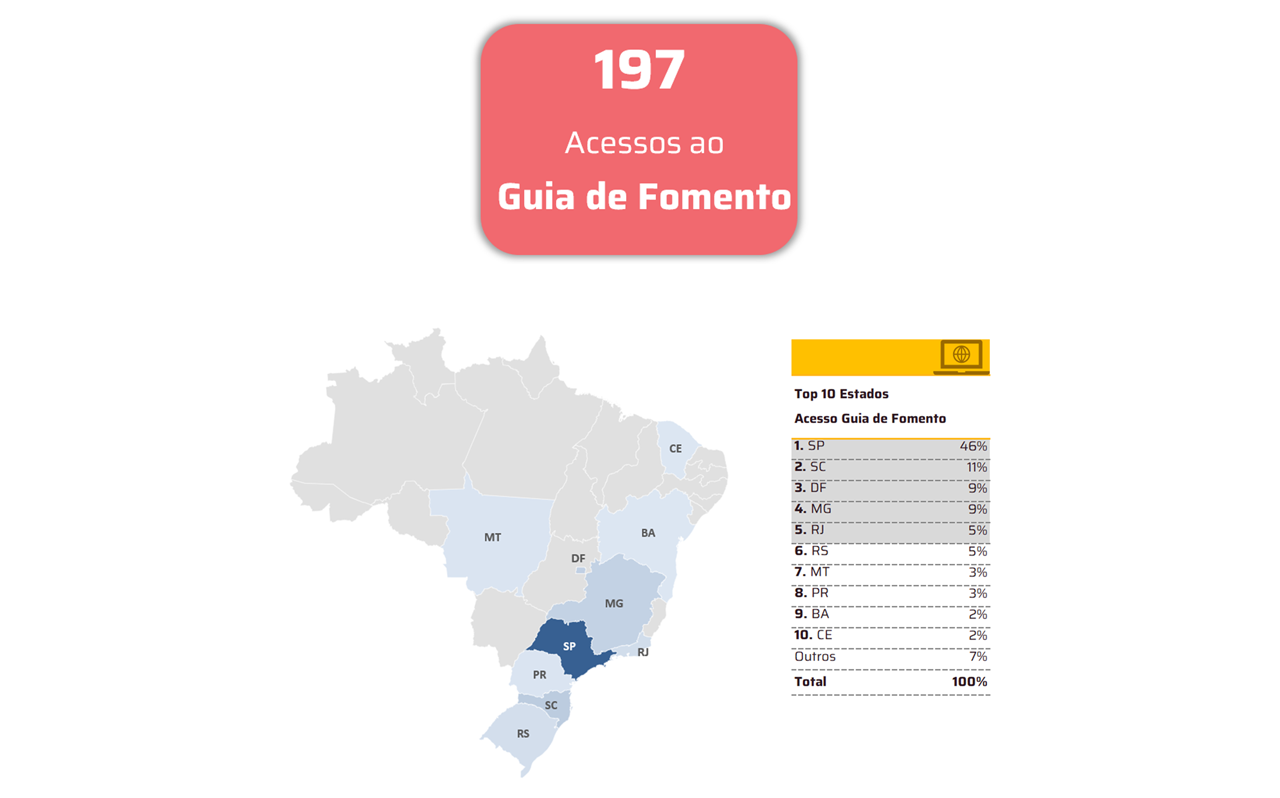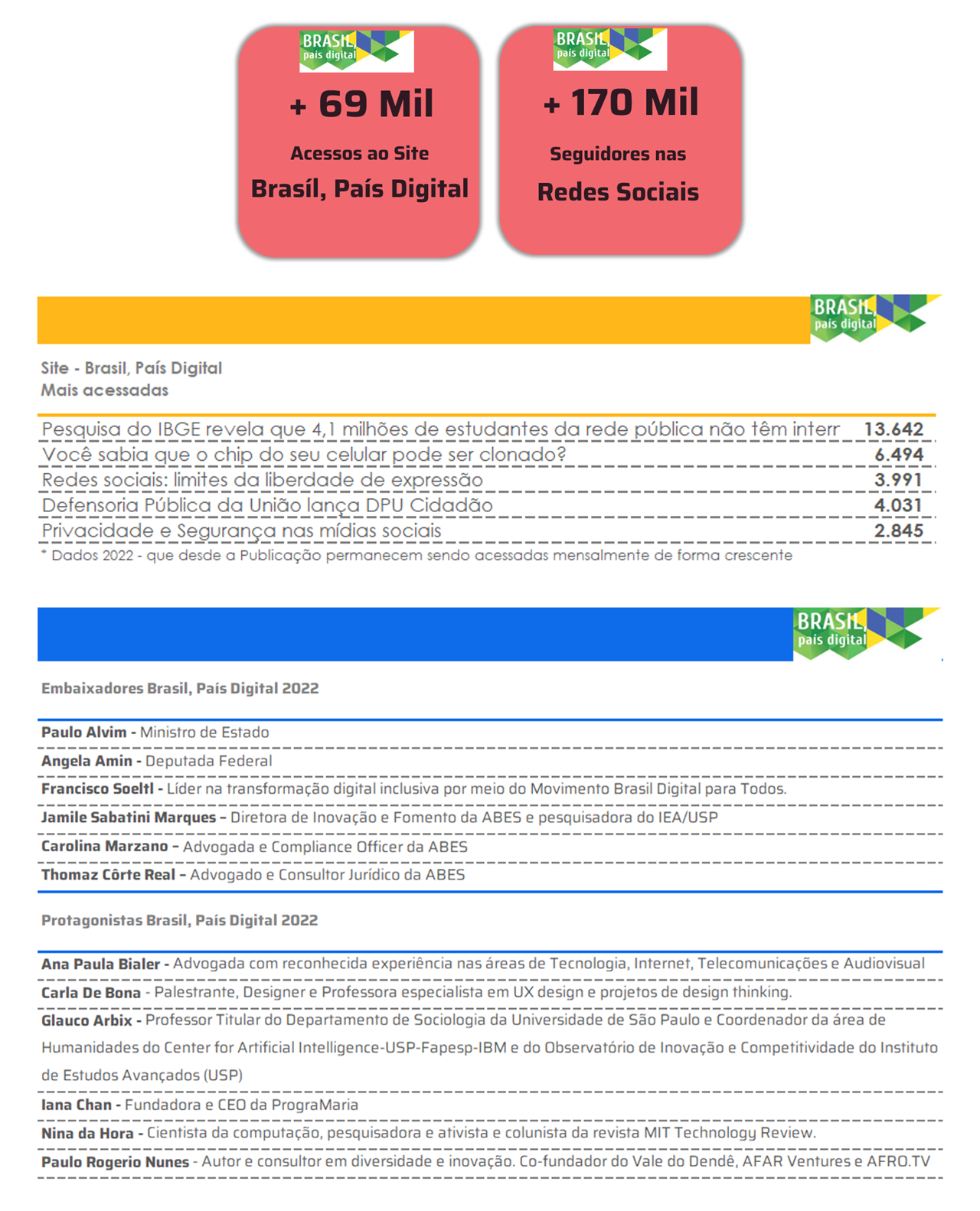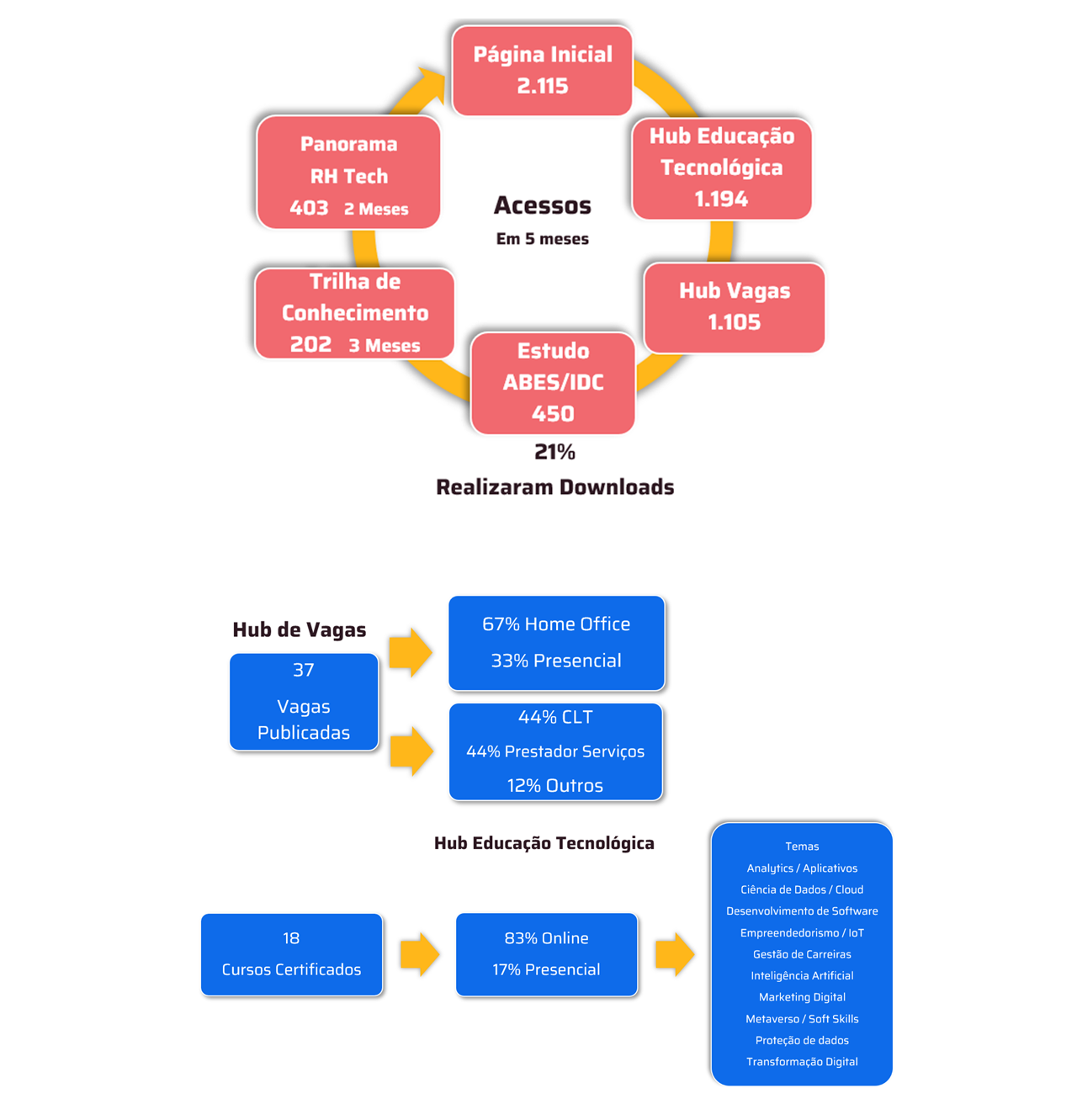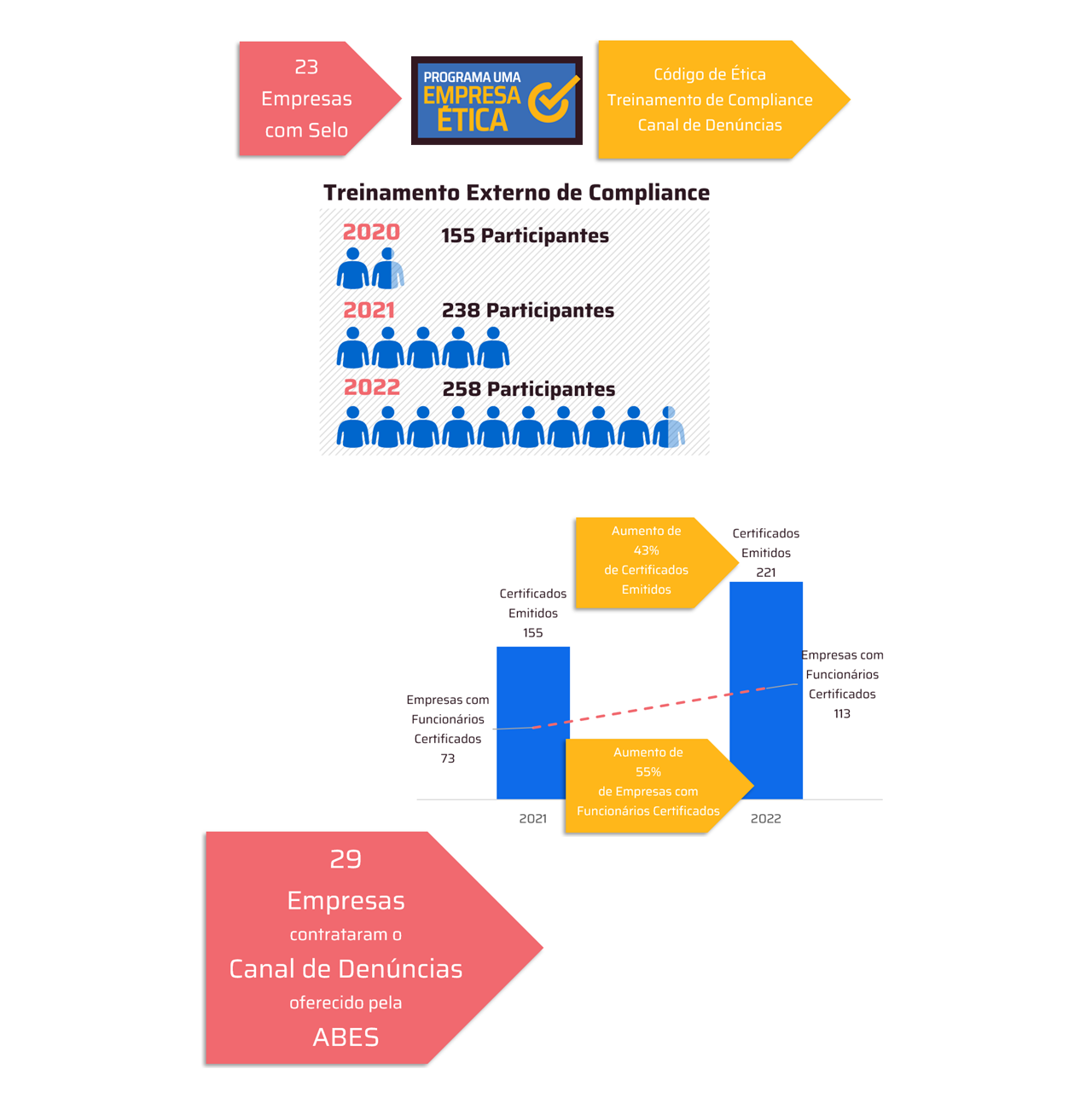The new tax system foresees the complete replacement of the current model by 2033; organizations that adopt technological solutions are ahead in the adaptation
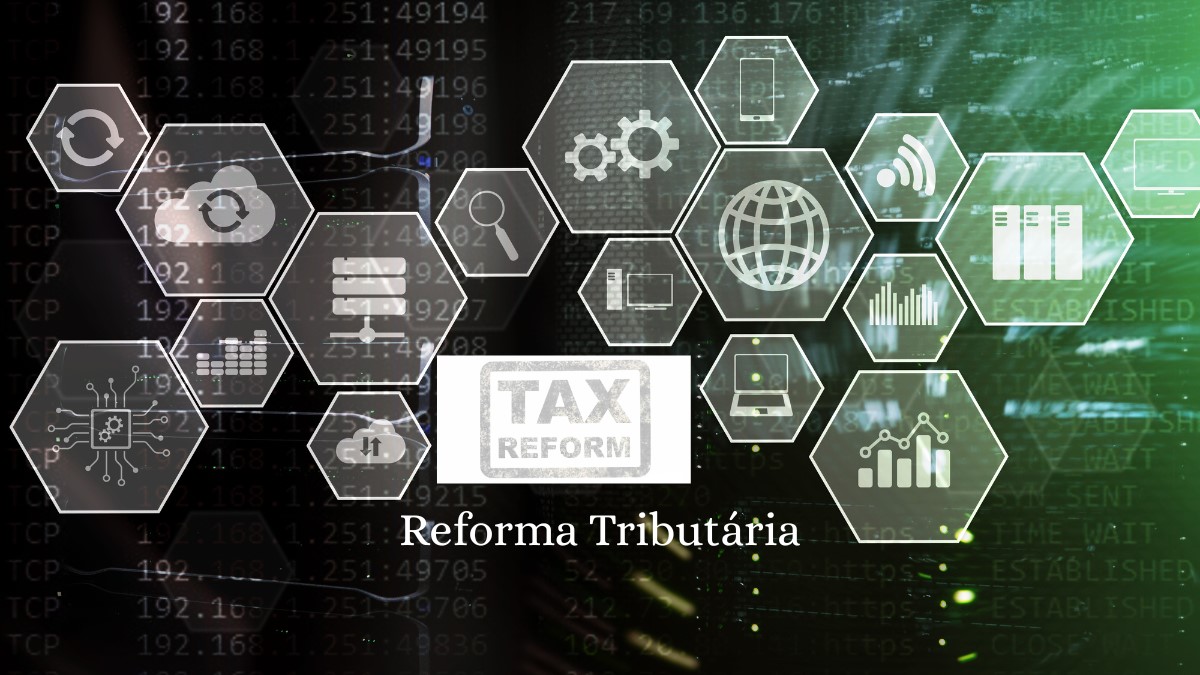
Tax Reform represents a profound change in the Brazilian tax system and poses new challenges for companies of all sizes. However, for small and medium-sized enterprises (SMEs), digitalization becomes even more urgent. Adopting an enterprise resource planning (ERP) system is no longer optional and has become essential to ensure compliance, operational efficiency, and data-driven decisions.
The urgency to adapt is already evident. A Thomson Reuters survey conducted between April and May 2024 revealed that 541% of tax department professionals are still in the early stages of preparation, while 901% anticipate a medium to very high impact on their operations. In other words, most are just beginning to gather information about the new rules, despite the timeline extending until 2033.
Economist Felipe Beraldi, manager of Economic Indicators and Studies at Omie, a cloud-based management platform (ERP), explains that the main effect of the reform is the unification of five taxes, which will be divided between the federal and state/municipal levels. “This is the dual-VAT model, composed of the IBS (Tax on Goods and Services) and the CBS (Contribution on Goods and Services), which will replace ICMS, ISS, PIS and Cofins. This new format requires companies to pay extra attention to calculating taxes, managing credit and reorganizing internal processes,” he warns.
For SMEs, the impact will be even more significant among those that operate in the B2B market and, therefore, need to evaluate their tax regime. “Large companies tend to prioritize suppliers that generate full tax credits. Thus, many SMEs under the Simples Nacional will have to decide between remaining in the current regime, migrating to collect VAT under the regular regime (outside the Simples) or even changing their tax regime — which requires preparation and thorough analysis,” explains the economist.
Leaving adaptation to the last minute can be risky. The main changes should involve reassessing cash flow, working capital, tax regime, supply chain and pricing. This movement will require more precise information management and greater integration between the financial, accounting and operational areas.
In this scenario, technology is a strategic ally. In a more modern and demanding tax environment, the combination of technology, training and professional support will be essential for SMEs to not only survive but thrive, especially in the transition phase, until 2033.
The economist recommends cloud management platforms, which ensure data integration and greater control. “With digitalization, companies gain real-time visibility over cash flow, inventory, issuance of invoices and ancillary obligations. This will be essential to meet the requirements of the reform and avoid penalties,” says Beraldi.
Andrew Lucas, co-owner of the e-commerce company Rede de Compras, is an entrepreneur who is aware of the need for adjustments and the use of technology. “We have already started this process in our company. We work side by side with the accountant because we understand that this responsibility must be shared. With a strong and robust management system, we are one step ahead in this transition,” he says.
Rede de Compras has been operating in the digital market for about 8 years and has had an ERP system for automated operational processes and a more efficient business since 2022. “The transition to a new tax system requires preparation and we believe that technology is a fundamental ally to face this new scenario with security and clarity”, adds the partner-owner.
About Omie
Founded in 2013 by Marcelo Lombardo and Rafael Olmos, Omie aims to unlock the growth of all types of businesses by offering an innovative, complete and unlimited management system, anchored in four main pillars: Management, through software; Education, through Omie.Academy; Finance, through the functionalities of a digital bank and financial services; and Community, through an ecosystem that connects customers, suppliers and service providers. A leader in the segment, the company has more than 22 thousand partner accounting firms, more than 170 thousand customers, approximately 1,600 employees and more than 130 franchise units in the country.





